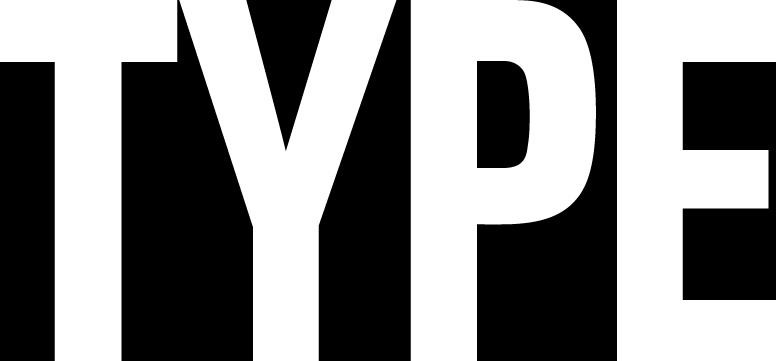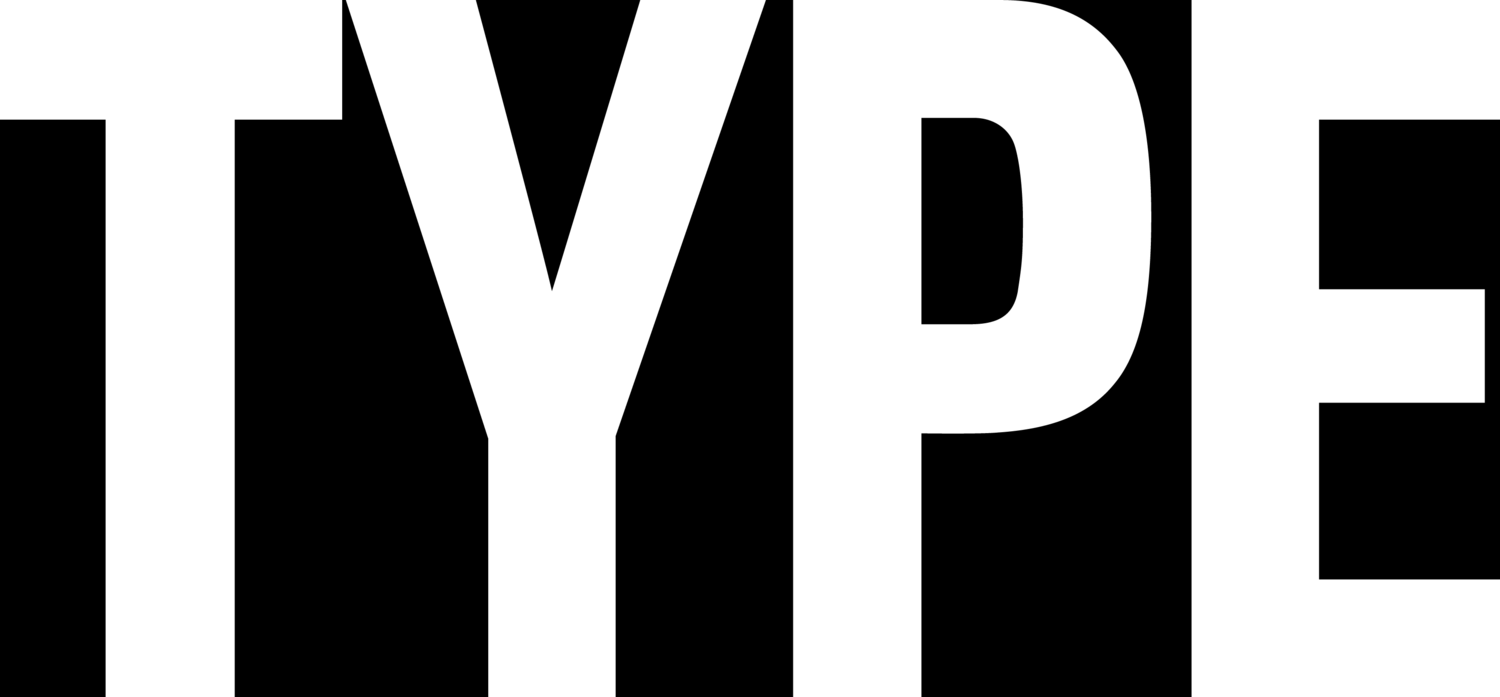“Earn your black belt in typography.”
In early 2016, Rachel Elnar started Typography Dojo as a “way to learn more from [her] friends.” Today, the free webcast is among the internet’s most impressive typography resources, boasting more than forty interviews over nearly two years.
Rachel Elnar’s schedule might be one of the busiest in the typographic world. Rachel runs the strategic design studio Ramp Creative alongside Michael Stinson; leads the Los Angeles chapter of TypeThursday; teaches design at California State University, Los Angeles; organizes the well-known private typography education program TypeEd; and still finds the time to produce one of the industry’s most consistent resources: Typography Dojo. In each of Typography Dojo’s forty-plus webcasts, Elnar interviews a different visual designer, dedicating a lion’s share of the time to the guest’s visual presentation and a few minutes at the end for audience Q&A via live chat.
Perhaps unsurprisingly, Elnar did not always plan on a life in typography—her career began in fine arts, with a BA in Painting and an MFA from California State University, Fullerton. In those years, Elnar worked with type “in a painterly way,” spending much of her time “breaking up forms and playing with them.” Upon graduation, Elnar saw an unsuspected path forward: teaching the software she had learned in school to the marketing or design teams at major companies. Her first client? Canon, one of the leading printer and camera manufacturers. There, she learned the finer points of working with type, adding invaluable corporate experience to her artistic repertoire.
Rachel Elnar (left), Gemma O’Brien (center), and attendees and at a rare, in-person Typography Dojo session, hosted at Ramp Creative.
Fast forward a few years and Elnar—along with Ramp Creative cofounder Michael Stinson—realized the drought of typographic knowledge among graphic designers. “We would bring in freelancers when we needed help, but they didn’t know typography,” explained Elnar, “so we started TypeEd,” a private typographic education program based in L.A. (which expanded recently to include online video courses).
Teaching typography—though satisfying—did not abate Elnar’s hunger to learn: “I was thinking of doing an interview series as a supplement to my personal education. I'm interested in lettering, type design, and how typography affects our daily lives. […] So, I started Typography Dojo because I wanted to bring in more teachers for me.” Even the name reflects Elnar’s status as a life-long learner:
Michael has been training in aikido for years. When he teaches type, he makes a lot of analogies to aikido. It's less about the rules, and more about the feeling—that's what I wanted to capture. We don’t assert ‘here are the top five rules when setting a paragraph. Rules are great, but I’m more interested in the mindset. In a dojo, even if you’re a black belt, you’re also a student.
Type-Ed cofounder Michael Stinson teaching Scriptology at AIGA OC.
Even though Elnar’s original plan did not include releasing Typography Dojo to the public, somewhere along the line she asked, “why hoard this all to myself?” Thankfully, publishing the interviews did not lead Elnar to commercialize them: by the generosity of sponsors, anyone can attend the webcasts for free, and all forty-plus replays are available via TypeEd’s Crowdcast and YouTube channels. “I'm fine if there are 5 people in the audience or 500 people in the audience,” says Elnar, whose favorite sessions tend to be the “low-audience ones.”
Attendance, Elnar says, varies widely from interview to interview, with no predictable rhyme or reason: “Expect the unexpected. Sometimes I’m surprised by how big an audience is—other times I’m surprised by how small it is.” Besides attendance, the only other barometer of community reception exists in the form of online feedback and comments, which have been overwhelmingly positive. There’s even a small cohort who attend every session and “have little side conversations” in the minutes flanking the official program.
Cover graphic for the Typography Dojo interview with Hrant Papazian.
Elnar, who gave her 2017 TypeCon talk on “Cultivating Creative Communities” knows the importance of these impromptu developments, so she takes extra care to craft a comfortable atmosphere for guests and attendees. “I did an interview with Steven Heller, and he's been on many podcasts, but it was the first time he was on a live webcast. He looked at the live attendee chat and saw the names of people he knew; he said, ‘This is weird.’ Some people love that, and others hate it.” Unlike podcasts, which can be recorded in private and edited later, Typography Dojo is a “show,” which tends to add not only a sense of community but also a mass of potential pressure: “A lot of designers and type designers are introverted, so I’ve had some decline [the invitation]. There’s a high level of exposure, and not everyone wants that.”
While entertainment value varies among guest personalities, the program's educational value remains steady. Disparate topics, high-quality visuals, and audience interaction make Typography Dojo a particularly versatile resource. “It’s been useful to be able to direct students to different interviews. Some people want to learn sign painting—they don't need to know all the details of advanced typesetting, but they do want to learn letterforms.” For Elnar, the best interviews make her question herself or look at design in a new way. She described one guest who had developed the ability to discern the genre of a television script by its typography alone—some genres, for example, might need more leading to allow for on-the-fly re-writes: “Typography in that industry is far more about usability than aesthetics. It was mind-blowing.”
Rachel Elnar on stage at TypeCon 2017.
At its core, Elnar says Typography Dojo is less about design and more about strategy. “For the interviews, I enjoy discovering the trials and tribulations of different projects and dealing with different clients. Strategy and thinking first, then design,” explains Elnar, who says the next step for Typography Dojo is to move beyond the interview format altogether: “I have a plan to hold a summit.”
There are a handful of typography conferences held around the world, but in most cases, attendees need to physically be there. Elnar sees the potential to take that experience online: “I would love to have a one-week conference and focus on many different aspects of typography—get a lot of guests—and make it more of a teaching thing than an interview thing.” Given her experience in event-planning—specifically of the typographic variety—there are few better-placed to organize such a conference. Until then though, Elnar’s forty-plus hours of Typography Dojo recordings (and frequent new interviews) are available to satisfy even the most eclectic typographic curiosities.
LINKS
- Typography Dojo's webpage on the TypeEd website
- Crowdcast, with Typography Dojo recordings and upcoming interviews
- TypeEd's YouTube channel, with Typography Dojo recordings
- Ramp Creative, Rachel Elnar and Michael Stinson's creative agency
- TypeEd, Rachel Elnar and Michael Stinson's typography education company
Become a TYPE Member
If you like this story and others posted here, join us!
TYPE is non-profit, supported by members, sponsors… and advertisers. Charter Membership is now only $29 in the US ($59 outside). Your contribution makes it possible to distribute the quarterly magazine, build a new web site, and plan events all over the world.













